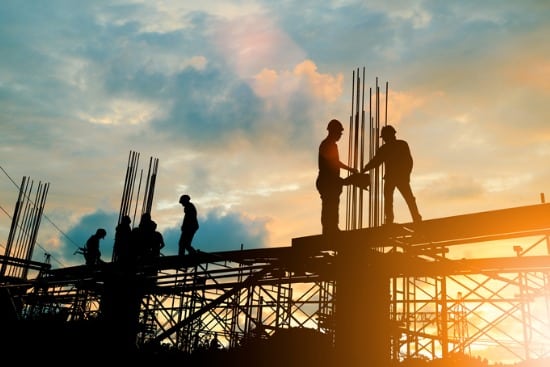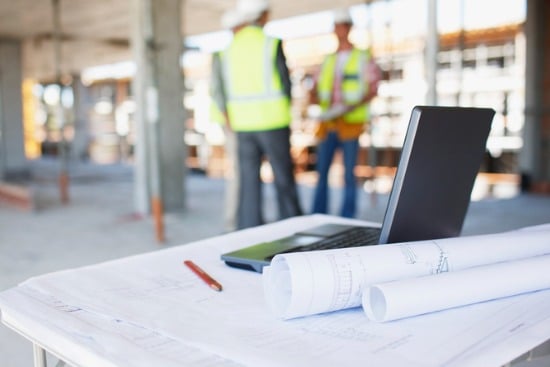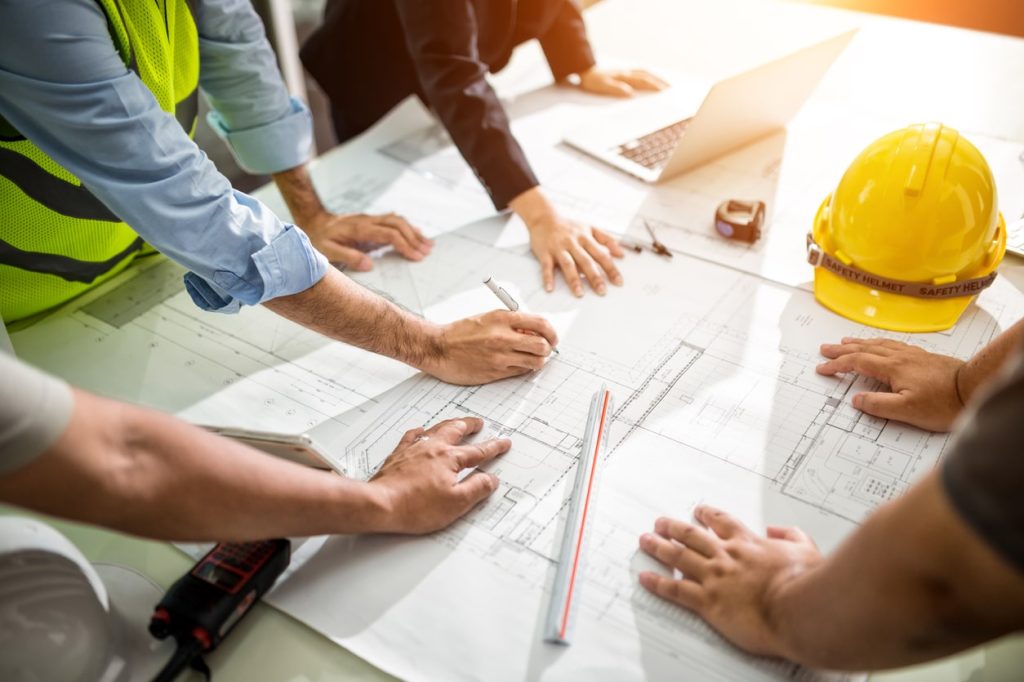Carrying out duties on hazardous building sites. Operating dangerous tools and machinery. Shortages in labour. It goes without saying that construction comes with its fair share of risks. That’s why effective risk assessment management is so important.
Without it, projects and plans can easily go awry, creating unsafe conditions and potentially causing harm to employees, contractors and anyone else visiting the site.
Here, we’ll take a closer look at what goes into the planning, monitoring and controlling of measures involved with risk assessment in the construction industry.
The different types of construction risks
Although the health and safety of your workers plays a big role in risk assessment management, there are plenty of other issues to be aware of within construction. From financial and contractual issues to operational and environmental factors, these additional internal and external sources can also be a cause for concern.
When taking construction risks into account, you should also consider the following:
Technical risks
Is there anything restricting you from constructing the final product? Whether its unavailability of resources and materials, incomplete designs or inadequate site investigation, technical risks may occur if the project’s scope unexpectedly changes.

Logistical risks
From the outset, logistical risks will need to be addressed before work properly begins on a project. From the availability of transport to insufficient amounts of equipment (whether that’s spare parts, fuel or labour), a failure to address these issues can create enormous roadblocks before you’ve even started.
Environmental risks
Natural disasters, unforeseen weather and seasonal changes can all play their part in affecting a project’s progress, and they’re something that tend to be overlooked in risk management. Some forward planning will certainly come in useful here if you’re looking to avoid delays and losses.
Management-related risks
Consider everyone who’s part of the project. Are they skilled and productive enough to carry out their duties? Likewise, are their roles and responsibilities properly defined? When you’re more confident in and certain of your staff’s abilities, the more assured you can be of a project’s success.
Financial risks
Project delays may incur financial risks in the form of fines and penalties. It’s also worth considering the location of the project too, as you could be faced with location-specific inflation, local taxation and drastically fluctuating foreign exchange.
Socio-political risks
Don’t assume that the rules and regulations of every local authority will be the same. Brushing up here will save you from any scuffles that could delay a project. Likewise, you should also look into any customs/import restrictions you might be faced with, so you can avoid any surprises that could derail a project further.

How can I identify risks in construction projects?
Ideally, you should be identifying risks during the pre-construction phase of the project. With your team assembled, holding brainstorming sessions with stakeholders can help with identifying risks.
Be as thorough as possible; you want to identify as many possible scenarios that could create issues when the project begins. Previous projects that were similar in size, scope and location can help inform things here, allowing you to more readily understand the construction risks that your current project may have to deal with.
When the project is underway, you should also get in the habit of holding regular meetings with the team. Doing so will allow you to review how things are progressing, minimise surprise risks from presenting themselves, and allow you to identify issues that may cause problems as the project nears completion.
Stopping risks from becoming a reality
After identifying a project’s potential risks, you should then assess each risk based on how likely they are to occur, along with the impact they would have on the project. Both the probability and impact should be ranked as high, medium or low.
It should go without saying that high impact, high probability risks should be handled first. In assessing these risks, you should take the amount of time, money and work that each risk will need to effectively manage into account. Upon ranking each risk, you should then ascertain whether each risk can be avoided, eliminated, reduced, transferred, or accepted.

Avoiding the risk
If the probability and impact of a risk are high, then avoiding the risk might be a case of having to re-negotiate the contract to remove project risks or turning it down entirely. Being pragmatic and walking away from a project might be the more sensible move if the risk isn’t worth the reward.
Transferring the risk
If you aren’t well suited to managing certain risks, then it might be worth talking with the client to see if they’ll manage any of the risks themselves. Additionally, your insurance provider may also be able to help out here too; they’ll let you know which risks are covered under your current policies. They’ll also be able to suggest further options to protect your company against future risks.
Mitigating the risk
If necessary, you may need to bring in additional resources, such as hiring more workers or renting additional equipment, to handle certain risks. Over-stretching your current resources just to handle multiple risks isn’t advisable.
Accepting the risk
Accepting a couple of low-probability, low-impact risks might not be a cause for concern. But accepting a high-probability, high-impact risk without the correct management or mitigation in place could wreak havoc on the project and your bottom line. Make sure you’ve looked into every available option before you decide to accept a risk that might be damaging.
For information on how InterFocus can help to design and build a safe lab for your team, visit our homepage or contact a member of the team on 01223 894833.



